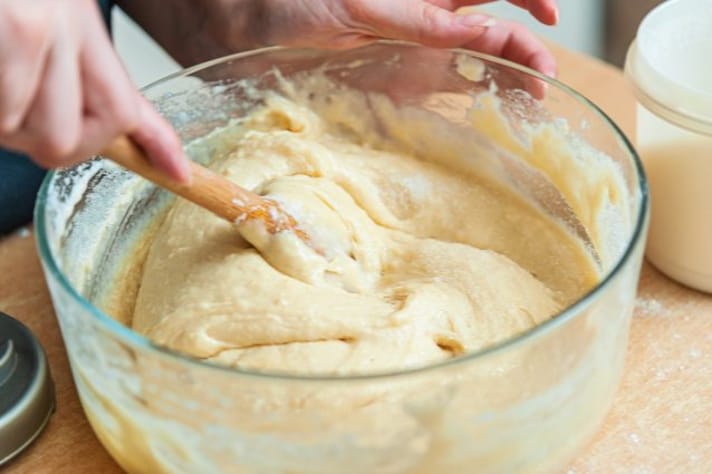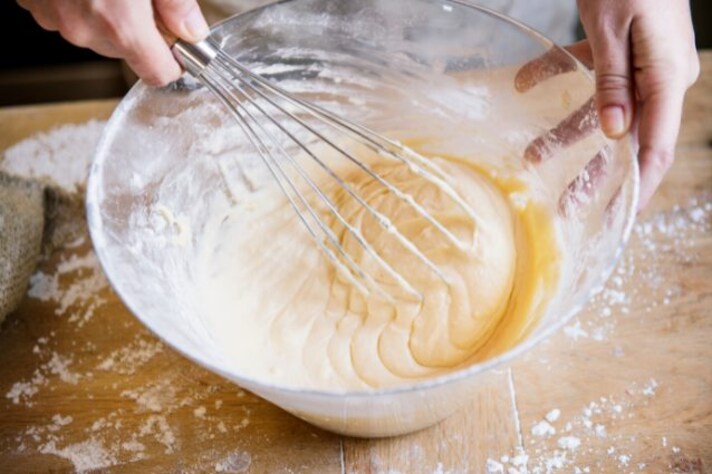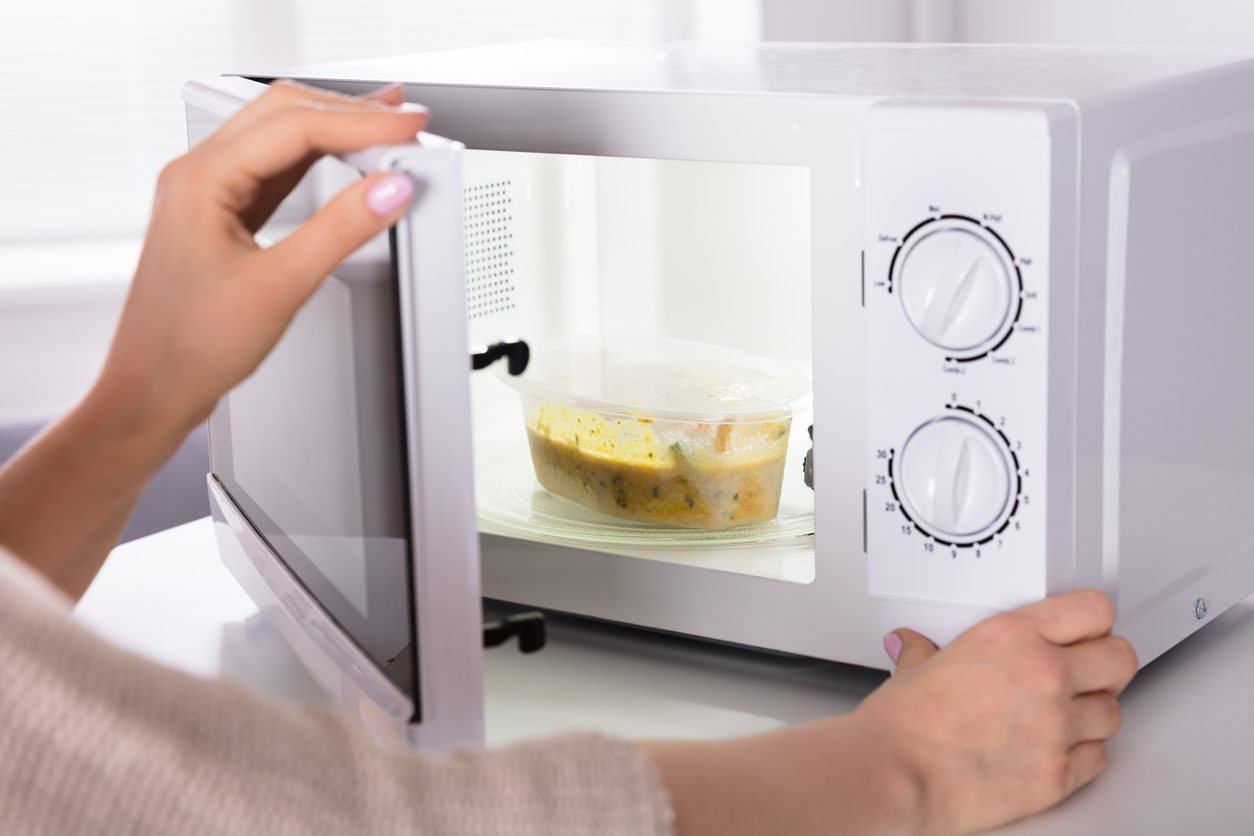Here’s Why You Should Never Over-mix Your Cake Batter
Overmixing cake batter leads to excess gluten development, making cakes dense and tough instead of light and fluffy. It also traps too much air, causing the cake to rise and then collapse during baking. To avoid this, mix only until ingredients are combined and use a gentle hand.

Baking a cake can be one of the most satisfying kitchen experiences—until you slice into it and discover a dense, chewy texture instead of the light, airy crumb you imagined. One of the biggest culprits behind this disappointment? Over-mixing your cake batter. While it may seem harmless to give the batter a few extra spins, over-mixing can ruin your cake’s texture and flavor. Let’s explore why keeping it gentle is key to a perfect cake.
The Science Behind Cake Batter
Cake batter is a delicate balance of ingredients—flour, eggs, sugar, butter, and leavening agents like baking powder. When you mix the batter, you’re not just combining these ingredients. You’re also introducing air and activating the gluten in the flour. Gluten gives baked goods structure, which is great for bread, but for cakes? Not so much. A cake is meant to be tender, and over-mixing can develop too much gluten, leading to a dense and rubbery texture instead of a soft, fluffy crumb.

What Happens When You Over-mix
Over-mixing causes two key issues: excess gluten development and too much air. When you stir too aggressively or for too long, the gluten proteins in the flour start to form long, elastic strands. This may be perfect for chewy bread but disastrous for cakes, which should be tender and light. Over-mixing can also trap excess air in the batter. While some air is necessary to give the cake its rise, too much will cause the cake to expand and then collapse in the oven, leading to a sunken, dense final product.
Dry, Dense, and Tough: The Consequences of Overmixing
The worst-case scenario when over-mixing batter is biting into a cake that’s dry and tough instead of soft and spongy. Overworked gluten creates a cake that can feel more like a hockey puck than a dessert. This is particularly true for cakes like sponge or chiffon, which rely on delicate handling to maintain their light texture. But even in heavier cakes, over-mixing can rob them of their intended crumbly or moist texture. So, the next time you're tempted to give that batter a few extra whisks—resist the urge.

How to Avoid Overmixing Your Cake Batter
The key to avoiding over-mixing is to combine your ingredients just until they’re incorporated. Once the wet and dry ingredients meet, mix on low speed and stop as soon as the streaks of flour disappear. Use a spatula to gently fold in any remaining ingredients like chocolate chips or fruit. Another pro tip is to use a hand mixer instead of a stand mixer—while stand mixers are powerful, they can easily overdo it if you’re not careful. And remember, it’s better to have a few lumps in your batter than a tough cake.
;Resize,width=767;)

;Resize,width=712;)
;Resize,width=712;)
